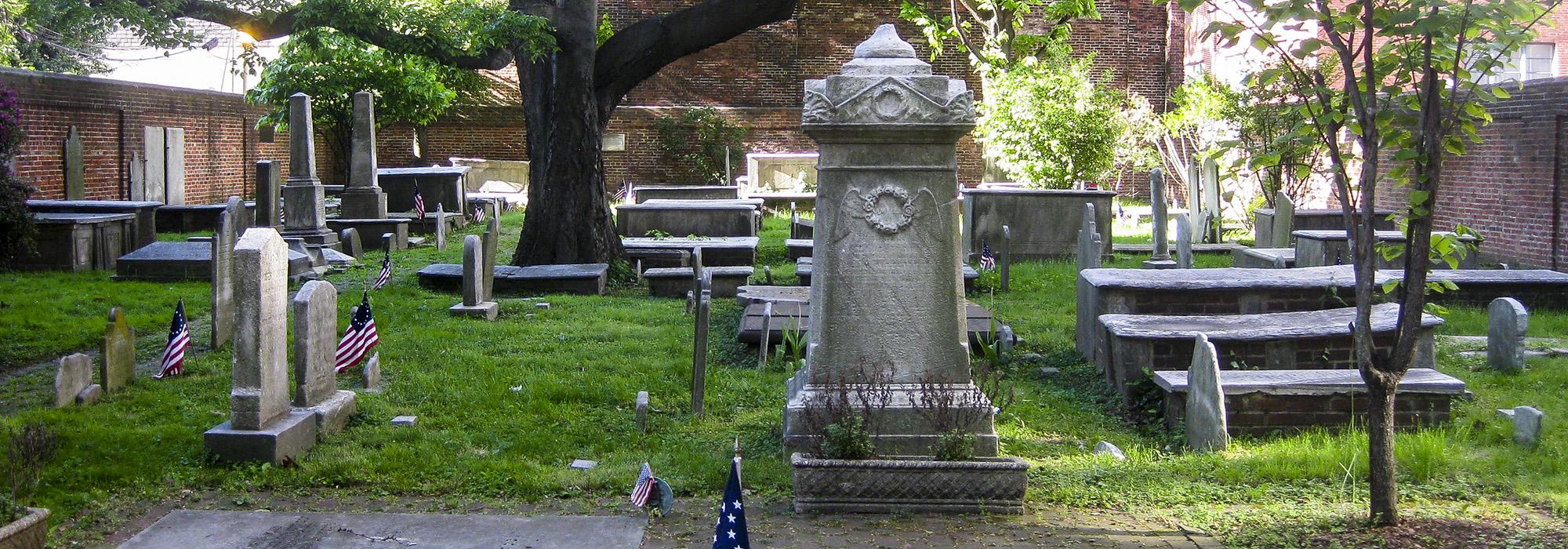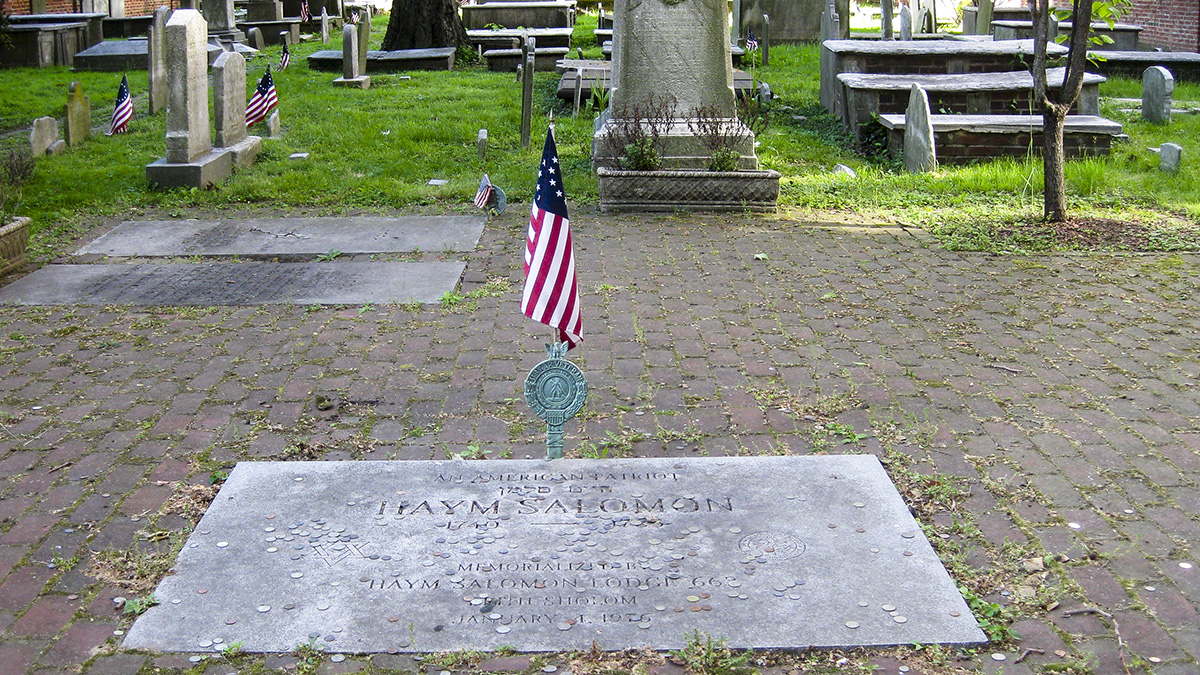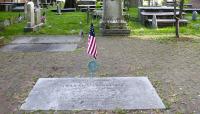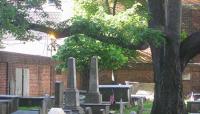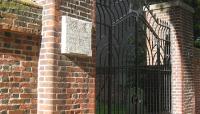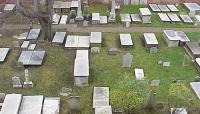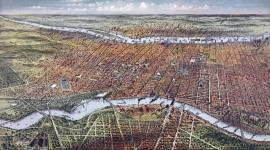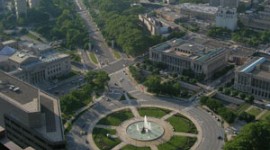Landscape Information
Established in 1740 in the heart of Philadelphia, this 0.17-acre cemetery is the earliest Jewish burial ground in the city. In 1738, Nathan Levy petitioned Thomas Penn, proprietor of the Province of Pennsylvania, for a parcel of land upon which to bury his child. Penn granted Levy a relatively flat site characterized by whortleberries and grazing cattle. Two years later, Levy acquired a 900-square-foot parcel two blocks to the south and established what would become the present cemetery, which was laid out by surveyor Benjamin Eastburn. At this time, Congregation Mikveh Israel assembled in private homes, until its first synagogue was built nearby in 1782. A brick wall was built to enclose the cemetery in 1751 and the plot was expanded to its present size in 1765. The cemetery was transferred to the Congregation in 1791 and twelve years later the enclosing wall was replaced with a taller one and a wrought-iron entry gate was installed.
Today, shaded by several mature canopy trees, an expanse of lawn is bisected by a brick walk that runs the length of the cemetery. Flat markers, upright headstones, and above-ground box tombs are organized in rows. Although some Colonial-era markers are present—Nathan Levy’s headstone dating to 1753 is the oldest that is still legible—most date from the early to mid-nineteenth century. Many prominent citizens are interred among the estimated 500 burials, including Haym Solomon and Robert Morris (both financiers of the American Revolution), along with members of the Gratz family, notably Rebecca Gratz, a nineteenth-century social reformer and educator. The cemetery has been part of Independence National Historic Park since 1956 and was listed in the National Register of Historic Places in 1971.



